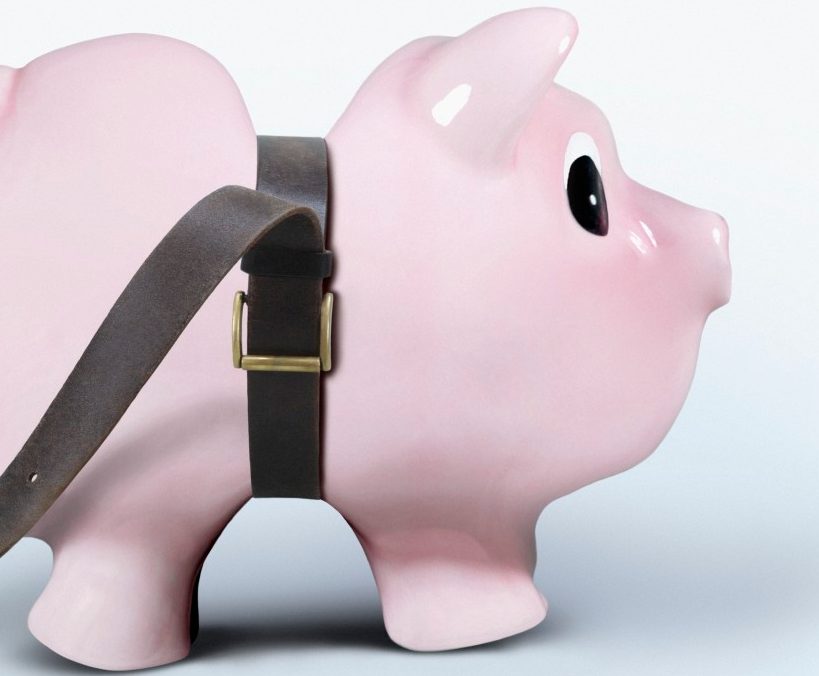Save Money on Over-the-Counter Drugs

The store-brand version of a medication may cost a third to half less than the brand-name. Think of medications the way you might think of baking soda.
It is perfectly safe to choose a store-brand medication.
Usually, you can save money if you choose a product that carries the label of the drug store or grocery store where you’re shopping. U.S. shoppers have been shifting that way for products generally in recent years.
YOU MIGHT ALSO LIKE: 8 Over-the-Counter Medical Tests
In a report from consulting firm McKinsey, a quarter of consumers said they had started using a new store brand during recent years, and 80 percent of that group said they would continue with that brand.
In general, consumers are more concerned about prices for essentials like shampoo.
When it comes to medication, however, you might worry. You can take heart in the fact that store brands are favored by the most-informed buyers — pharmacists.
Pharmacists choose store-brand headache remedies over a name-brand 91 percent of the time, according to one study by an international team of economists that analyzed shopping behavior for 50 retail healthcare products and 241 food and drink items. The only healthcare product that inspires pharmacists to favor the name brand is contact lens solution, the study found.
At the time, Americans were wasting an estimated $44 billion a year on name brands, which cost significantly more than store-brand equivalents, the authors concluded.
It may feel strange to stray from a name brand, but you can raise your comfort level if you think about medications the way you might think about staples like salt, sugar, and baking powder. The Food and Drug Administration (FDA) sets standards for medications. All manufacturers must meet the same requirements for their facilities.
The store-brand drug won’t look exactly the same, and may contain different flavors and fillers, but, by law, it must have the same active ingredients in the same strength. Those active ingredients affect your symptoms.
For example, the active ingredient of Prilosec, the acid reducer, is omeprazole. At CVS.com, a 20 mg tablet of omeprazole in a package of 14 costs 74.9 cents, compared to 89.3 per tablet if the package is labeled Prilosec.
You’ll sometimes find you have to buy more of the store brand but will still save money. Advil contains ibuprofen, a pain reliever and fever reducer. CVS.com sells 200 coated 200 mg tablets for 6.7 cents each. Under the Advil name, the same website offers 120 tablets at the same strength for 14.2 cents per tablet.
To get these savings without too much confusion, ask your pharmacist to write down a list of the names of the active ingredients in the brands you use frequently. Your next money-saving step may be to stock up on a package that contains more pills, as long as you estimate you’ll use all of the medication before the expiration date.
Here’s a few more: Tylenol contains acetaminophen, a pain reliever. Allegra is fexofenadine, which relieves allergy symptoms. You can get store-brand nicotine lozenges and gum that work the same way as Nicorette products.
The FDA doesn’t test herbs, vitamins, and other supplements or alternative medicine remedies, which means you can’t count on those products to contain active ingredients at the labeled strength or easily compare one product to another.
Don’t spend your money blindly: look for independent testing by companies like labdoor.com or consumerlab.com.
Updated:
August 30, 2022
Reviewed By:
Janet O’Dell, RN